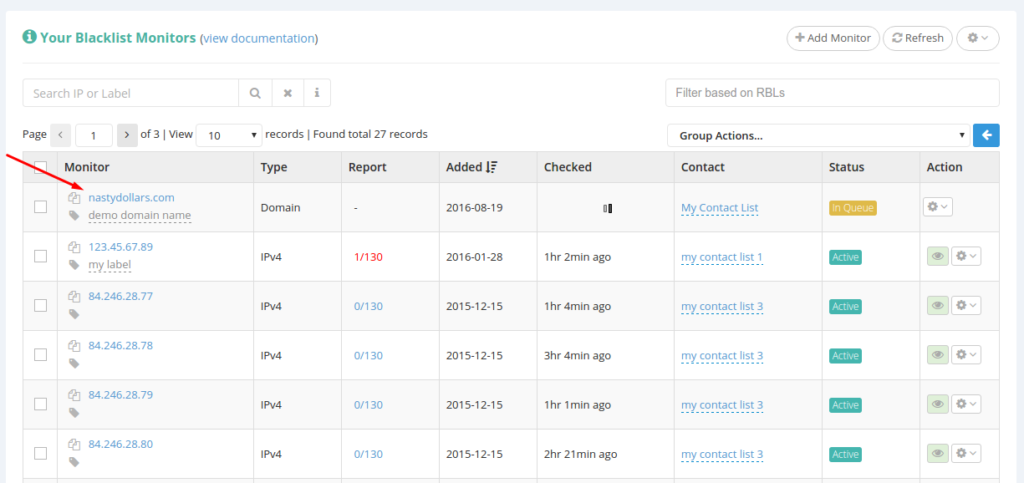
Hopefully it will help anyone stumbling upon this thread in the future! DECLARE NVARCHAR(1000)Ĭase when PATINDEX('% + 4, - PATINDEX('%www.


So here is what I came up with using CTE expressions to try and keep it as readable and understandable as possible. I know this is an old thread, but I was trying to do this recently and the answers here ether did not cover strings starting with http/s or the new gTLDs.
#Extract domain names from text full
The length of the domain without any dots is subtracted from the full length of the domain. To figure out which instance to replace, the LEN function is used: LEN(B5)-LEN(SUBSTITUTE(B5,".","")) However, if, say the number 2 is supplied, only the second instance is replaced. If nothing is supplied, all instances are replaced. (let’s assume I want to get the domain extension. I need a regex that can extract any domain and subdomain from a large text like or from any text file. However, if I am setting the delimiter to.

This time you can set the delimiter that you want to extract the text after it. Im a hobbyist programmer and I try to keep things simple and to play with the regex so I could understand it, so I didnt go into it here. And click Next button, in Step 2, check Other option under Delimiters, and in the Other text box, enter the character. Extracting text between two delimiters in Power BI Text After Delimiter and Advanced Options. I have 40 megs of string with email addresses intermingled with junk text that I am trying to extract. In the Convert Text to Columns Wizard, check Delimited option in Step 1. Click Data > Text to Columns, see screenshot: 3. This online tool is based on the URL-Detector library. This URL extractor will analyze your text and get the links that appear. You can try with HTML markup or unformatted text. What is Text to DOMAIN EXTRACTOR It is a specialized tool for obtaining and extracting domains and subdomains from URI schemes such as //, ftp:/, file:/, ssl:/, telnet:/, and others. The trick is that the SUBSTITUTE function has an optional fourth argument that specifies which "instance" of the find text should be replaced. Select the range that you want to extract the domains. Extract Extract links from text The domain extractor will parse your text and get the URLs and the hosts. meaning: look for a sequence of non-whitespace characters following the string 'domain name '.

This snippet does the actual replacement of the last dot with an asterisk (*). After that you can use grep to match a regex describing your domain pattern: domainecho '.domain name xxx.com.' grep -om 1 -G '. How does the formula know to replace only the last dot? This is the clever part. Once the position is known, the RIGHT function can extract the TLD. The other functions in this formula just do one thing: they figure out how many characters need to be extracted, n: =RIGHT(B5,n) // n = ?Īt a high level, the formula replaces the last dot "." in the domain with an asterisk (*) and then uses the FIND function to locate the position of the asterisk. In the example, cell C5 contains this formula: =RIGHT(B5,LEN(B5)-FIND("*",SUBSTITUTE(B5,".","*",LEN(B5)-LEN(SUBSTITUTE(B5,".","")))))Īt the core, this formula uses the RIGHT function to extract characters starting from the right.


 0 kommentar(er)
0 kommentar(er)
